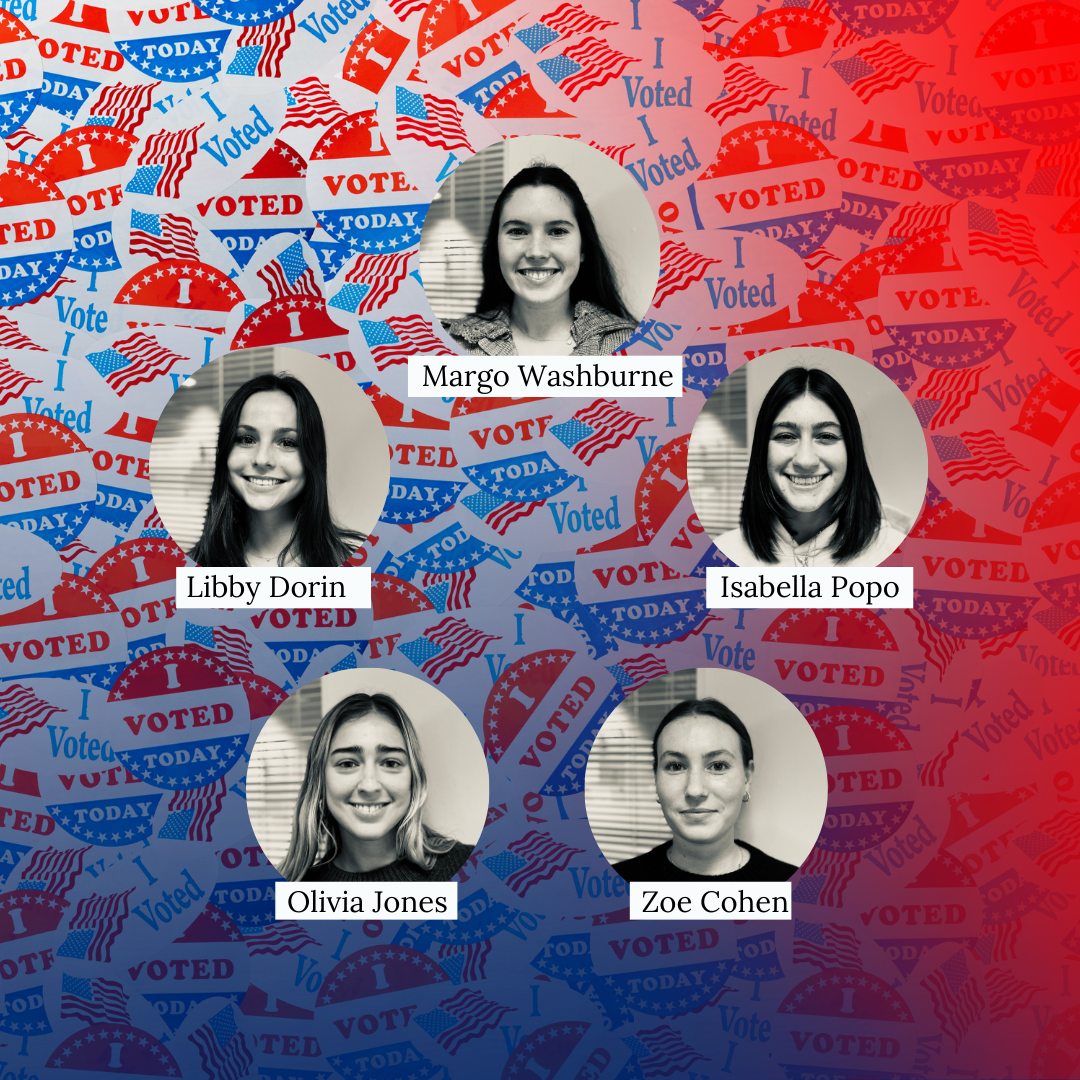The New York Times recently reported on a growing trend in higher education: universities are beginning to give their students the option to change their names, as well as their pronouns, in an effort to support members of the LGBTQ community who identify as gender neutral.
Some people don’t identify with “she” or “he,” but wish to be referred to as a “they.” This kind of acceptance and institutional validation is exactly what the questioning members of the LGBTQ community need.
The University of Vermont is one of about 100 schools that has acknowledged this desire from its students and has adapted to furnish their request by informing staff of the change and implementing an $80,000 system that allows students to customize their names and genders online.
Some question the legitimacy of gender neutrality, arguing that it’s the result of young people’s desire to be different or cool. Some likely believe that those $80,000 would have been better spent elsewhere. Some argue that the use of the gender-neutral “they” is grammatically incorrect.
But the fact is that children in grades 7-12 in the LGBTQ community are more than twice as likely to commit suicide as their heterosexual counterparts. They’re also put at an increased risk for experiences with violence compared with other students.
Schools like the University of Vermont are creating a brighter, more tolerant future for those 7-12 graders. If institutions provide those children with demonstrable hope that it will get better, then the number of children being bullied and committing suicide may likely decrease.
The question should not be about the realness of gender fluidity, or whether funds should go to building a fountain instead of creating software that supports the gender neutral, or even about grammar (This is coming from an AP Style enthusiast.) It’s about these students’ lives, the fact that they are humans, and as such, deserve to be heard, seen, understood, and given an identity.









